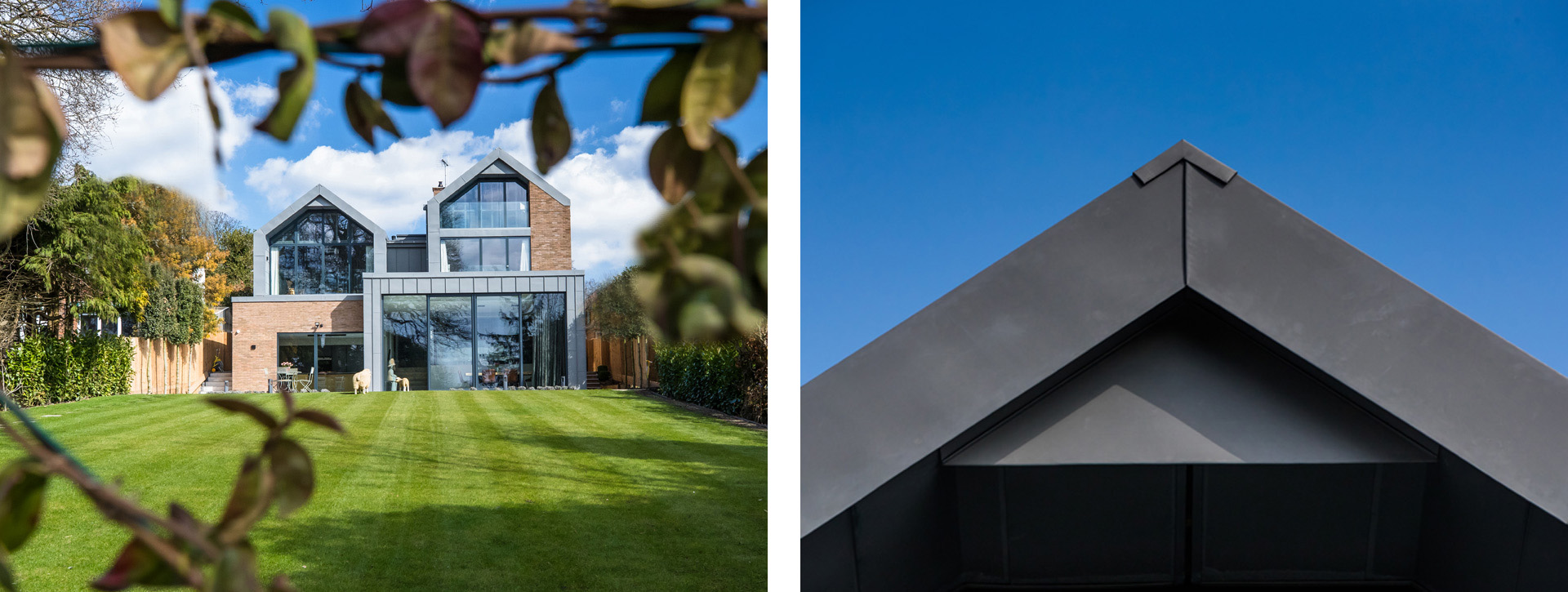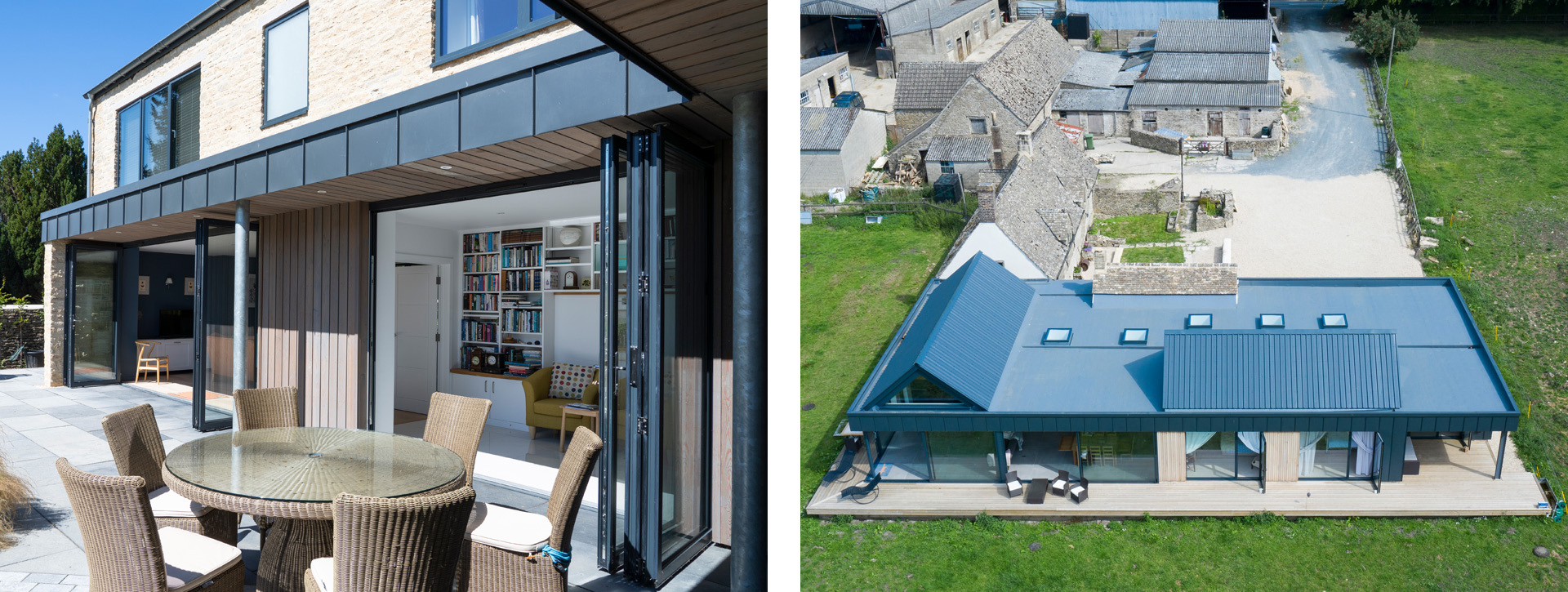The Strong Stuff
This month’s journal is made of steel!

Steel has long been a cornerstone material in the construction industry, celebrated for its strength, versatility, and durability. From towering skyscrapers to intricate bridges, steel has enabled the realisation of architectural marvels and infrastructural advancements. This month’s journal article explores the historical development of steel in construction, its inherent properties that confer strength, its role in modern construction, and its longevity and future potential.
History
The use of steel in construction can be traced back to the 19th century, a period marked by significant technological innovations. Prior to this era, construction relied heavily on stone, wood, and iron. The advent of the Bessemer process in the 1850s revolutionised steel production, making it more economical and available for widespread use. The first notable use of this material in construction was in the form of steel frames, which provided the necessary support for increasingly taller buildings, leading to the rise of the skyscraper. One of the earliest examples is the Home Insurance Building in Chicago, completed in 1885, often regarded as the world’s first skyscraper.
As the 20th century progressed, the open-hearth process and later the basic oxygen process improved the quality and production efficiency of steel. This evolution enabled more ambitious architectural designs and the construction of significant infrastructures like bridges, dams, and railways. Notable structures such as the Eiffel Tower and the Golden Gate Bridge are iconic examples of steel’s early impact on construction.
The Science Behind Steel’s Strength
Steel’s remarkable strength is attributed to its unique composition and microstructure. Primarily an alloy of iron and carbon, steel’s properties can be significantly enhanced by adding various elements such as chromium, nickel, and manganese. The carbon content in steel determines its hardness and tensile strength. Through processes such as tempering and quenching, the microstructure of steel can be manipulated to increase its strength and durability.
The versatility of steel also lies in its ability to be engineered into various grades and types, each tailored for specific applications. High-strength, low-alloy steels offer increased resistance to wear and corrosion, making them ideal for exposed structures like bridges. The inherent ductility of steel allows it to absorb energy and deform under stress, providing a critical safety margin in the event of natural disasters such as earthquakes.

Steel’s Role in Contemporary Construction
Today, steel remains an indispensable material in the construction industry, with applications ranging from residential buildings to large-scale industrial projects. The emergence of prefabrication and modular construction has further solidified steel’s role in the modern construction landscape. Its high strength-to-weight ratio allows for the creation of lighter structures without compromising stability or safety, facilitating more efficient construction processes and reducing costs.
Moreover, steel’s recyclability aligns well with the growing emphasis on sustainable building practices. The industry has seen a shift towards using recycled steel, reducing the carbon footprint associated with new construction projects. Advanced manufacturing techniques, such as 3D printing with steel, are also beginning to emerge, promising even greater customisation and efficiency in construction.
Timeless Resilience: Steel’s Endurance and Future Innovations
The durability of steel is one of its most significant advantages. Structures built with steel frames and components often have a lifespan extending over a century, provided they are well-maintained. Steel’s resistance to rot, pests, and fire further enhances its longevity compared to traditional materials like wood. Protective coatings and treatments, such as galvanisation, can also protect steel from corrosion, extending its lifespan.
Looking to the future, the potential for steel in construction continues to grow. Innovations in metallurgy and material science are leading to the development of new steel alloys with superior properties, such as increased strength, reduced weight, and enhanced corrosion resistance. The integration of smart technologies into steel structures, like sensors that monitor structural health, is poised to revolutionise building maintenance and safety.
Additionally, the ongoing research into environmentally friendly production methods aims to reduce the greenhouse gas emissions associated with steel manufacturing. With the construction industry’s focus on sustainability, steel’s recyclability and the potential for carbon-neutral steel production methods make it a promising material for future building projects.
The history of steel in construction is a testament to its transformative impact on architecture and infrastructure. Its exceptional strength, versatility, and durability have made it a preferred material in the industry for over a century. As we advance into an era of smart and sustainable construction, steel’s role is set to evolve further, offering new possibilities for innovative and eco-friendly building solutions. The continued development of steel technologies ensures that this material will remain a vital component in constructing the world of tomorrow.

A Steel Success Story
Castellum uses steel in so many of our projects. Here is an overview one of our award-winning favourites, but head over to our website to see so many more. Remember, lots of our projects are under non-disclosure agreements so we can’t show you those!
A Contemporary New Build on the Banks of the Thames, in the Old Grounds of Bisham Abbey | Marlow, Buckinghamshire
On the banks of the Thames, just outside Marlow in Buckinghamshire, Castellum has built a modern styled house using a blend of traditional load bearing brick and cavity blockwork coordinated with a structural steel frame. The steel skeletal frame allows for the very open planned living space and this wing is flanked by a glazed curtain wall at both ends which have been designed to take wind loads.
We were absolutely thrilled to have achieved two award for this project, earning recognition as ‘Best out of London Home’ and ‘Best Home or Development of Outstanding Architectural Merit’ at the 2023 London Evening Standard Awards. The Judges at The Evening Standard said that they “loved the inspirational architecture by Fletcher Crane Architects and the landscaped gardens which sweep down to the water”.

These awards recognise excellence in various property categories within and around London, including family homes, historical conversions, county escapes, and homes designed for first-time buyers.
Meet the Team – This month meet Nathan!

Meet Nathan, one of our Project Directors based in our Surrey sector.
MCIOB qualified and with an NVQ Level 7 Diploma in Construction Senior Management, Nathan has over 15 years experience, extending from overseeing the construction process and workforce to deliver a number of large-scale projects across Surrey. He has a comprehensive understanding of commercial elements both within projects and at a higher level and works closely alongside the Castellum commercial team to aid with procurement of quality contractors and materials.
Nathan is recognised across the company for his meticulous organisation, exceptional technical knowledge and strong operational and procurement knowledge. Also a natural leader, he enjoys and exceeds at managing a team. Nathan is thorough when producing master construction programmes, consequently monitoring progress and performance of a number of outstanding projects collectively. We consider him a highly valued and respected member of our team!
Nathan is a proud husband and father of two who has recently channelled his extensive building knowledge into constructing his own sustainable house. This ambitious project has been a labour of love, reflecting his dedication to creating an eco-friendly and self-sufficient home for his family. With the house nearly complete, Nathan has now turned his attention to the outdoors, where he is embracing the role of a landscape gardener, bringing his vision of a harmonious living environment to life.
In his rare moments of downtime, Nathan finds solace and excitement in the water. An avid enthusiast of all water sports, he particularly enjoys surfing and sailing. Whether he’s catching waves or getting blown around in a dinghy! Nathan’s passion for adventure and the great outdoors is evident in all he does.

